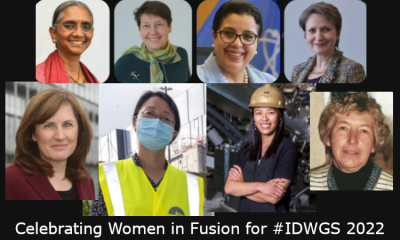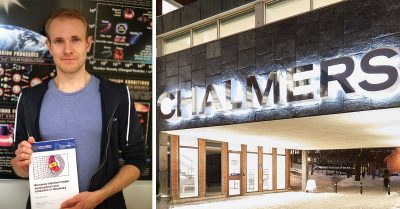
The PRACE (the Partnership for Advanced Computing) is a cooperation between supercomputing centres in Europe, with the membership of
- Barcelona Supercomputing Center (BSC), Spain
- Consorzio Interuniversitario del Nord-Est per il Calcolo Automatico (CINECA), Italy
- Gauss Centre for Supercomputing (GCS), Germany
- Grand équipement national de calcul intensif (GENCI), France
- ETH Zürich andSwiss National Supercomputing Centre (CSCS), Switzerland
The PRACE organises educational and training events targeting both the scientific and industrial communities, with the cooperation of further institutes. Our research centre is one of the PRACE Advanced Training Centres (PATC), which offers and coordinates training and educational activities.





